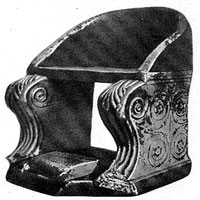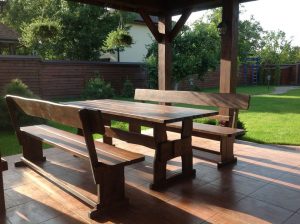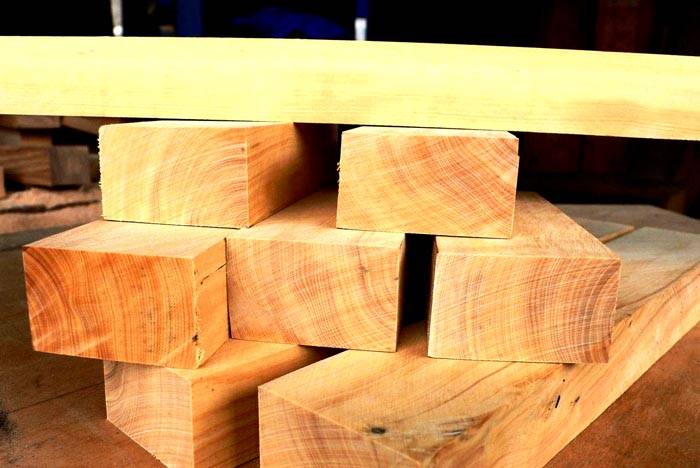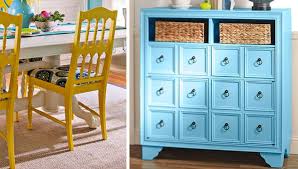interior magazines
History of furniture.
 Furniture, as household items for sitting, lying and arranging things, has always accompanied human life. Already during the transition of primitive communities to sedentary tribes tried to equip their homes.
Furniture, as household items for sitting, lying and arranging things, has always accompanied human life. Already during the transition of primitive communities to sedentary tribes tried to equip their homes.
The first place among the materials used for the manufacture of furniture belonged to wood. Because wood is a sufficiently durable material that can be easily processed and finished. Initially, those pieces of material that were closest to the desired shape were selected for furniture.
Time passed, the way of life changed, artistic styles developed, and with it new types and styles of furniture, its new designs were born. National traditions of life and art as a whole significantly influenced the decorative and compositional characteristics of furniture. Continue reading
Table history
 Ordinary table: a rectangular board on four legs from time immemorial served the person.
Ordinary table: a rectangular board on four legs from time immemorial served the person.
The simplest were the feasting tables – roughly knocked together boards set up on goats. Both princes and their squads and ordinary people feasted at such tables. I must say that in our time for large village weddings, which are celebrated in the courtyard in the summer and early autumn, they make the same banquet tables.
2 In miniatures of the Old Russian annals, Nestor, the chronicler, is depicted at the table for “knee writing.” These desks were not high, and their upper board was at the level of the writing knee. In addition, they were equipped with music stands. The parchment on which they wrote lay on its knees, and on the table itself there was everything necessary: inkwells, feathers, rulers, knives for cutting sheets and sharpening feathers.
Then tables appeared that looked like a chest: with low legs, with a lifting tabletop, under which there were many compartments and small drawers. Continue reading
Chair history
 Such a usual piece of furniture for us as a chair was once not accessible to everyone. In Russia, until the time of Peter’s reforms, everyone, including those close to the royal person, sat on a bench. The chair served as a throne, even the king sat on it only in “special” cases. Moreover, they carried a chair with them: after all, the presence or absence of a chair clearly demonstrated who is who.
Such a usual piece of furniture for us as a chair was once not accessible to everyone. In Russia, until the time of Peter’s reforms, everyone, including those close to the royal person, sat on a bench. The chair served as a throne, even the king sat on it only in “special” cases. Moreover, they carried a chair with them: after all, the presence or absence of a chair clearly demonstrated who is who.
The inventors of the chair – the seat with the back – consider the ancient Egyptians. Before them, one could only sit on a bench or on a stool. It is difficult to imagine a royal lady sitting on a simple stool. But what if the chair has not yet been invented? For the thrones of their rulers, ancient Egyptian joiners invented armrests. At first it even seemed strange – backs, elbow holders. But the throne turned out to be so convenient that since then no sovereign ruler has refused it. Continue reading




